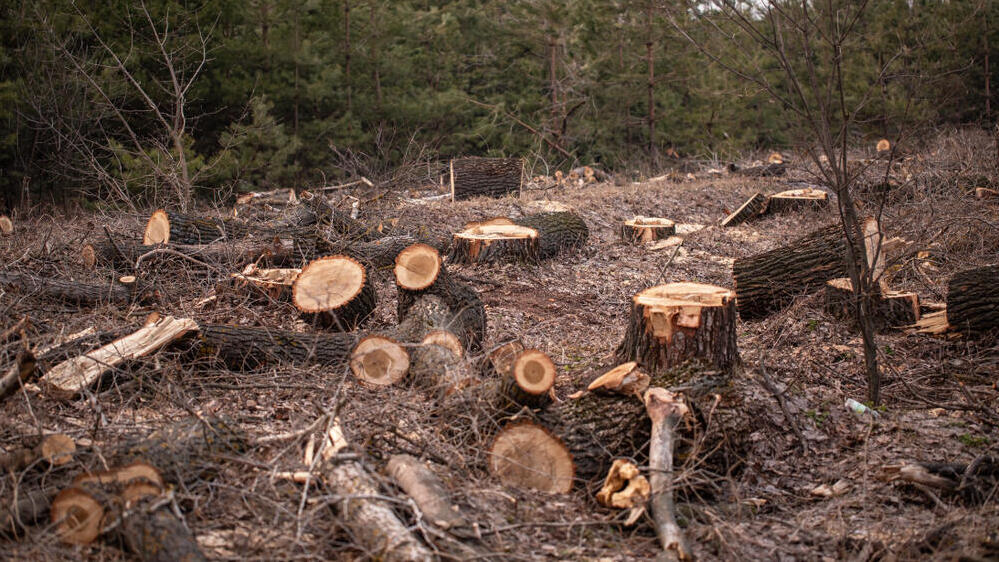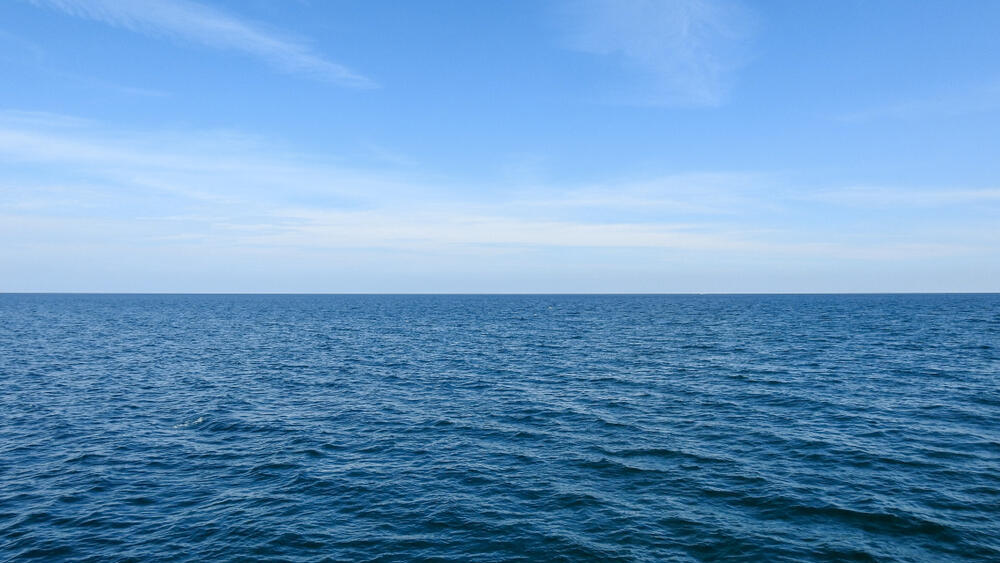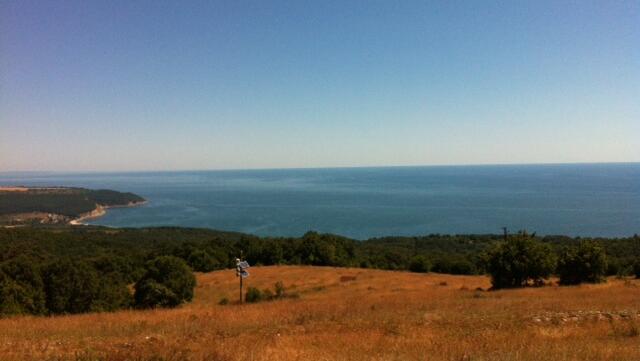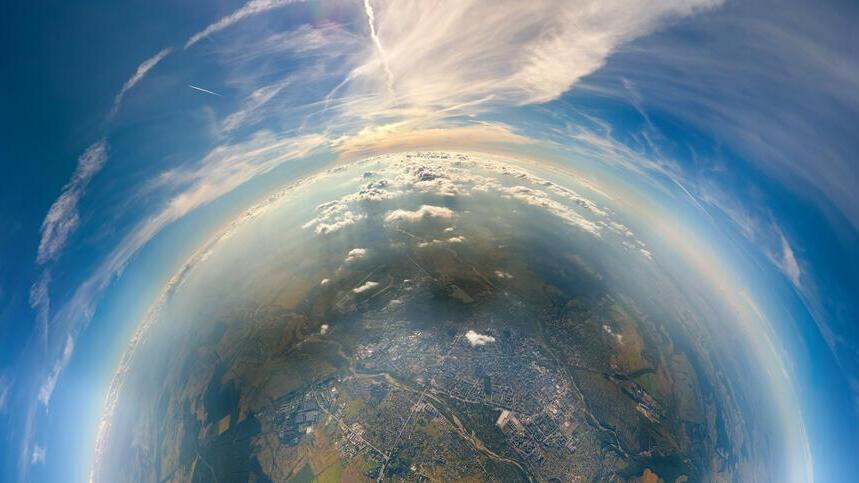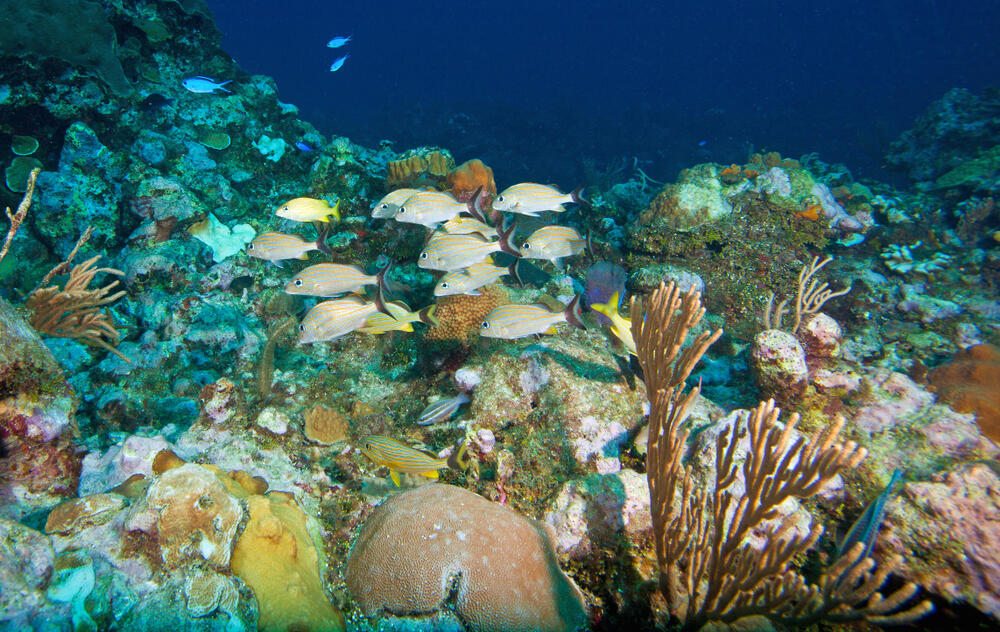At the Paris Agreements, signed in 2016, the majority of the world's nations committed to limiting the global average temperature increase to no more than two degrees Celsius by the end of the century. While a two-degree increase may seem small, it has the potential to significantly impact life on Earth, and it appears that limiting the rise to less than two degrees is unlikely.
In the twentieth century, scientists recognized the correlation between rising atmospheric carbon dioxide levels and increasing temperatures. Monitoring factors influencing carbon dioxide concentrations, researchers have identified two primary strategies to prevent temperature rise of more than two degrees: reducing carbon emissions and storing existing carbon.
And to carbon dioxide thou shalt return
During the process of photosynthesis, plants absorb carbon dioxide and store it in the form of organic carbon compounds. Upon their death, the carbon stored within them is released back into the atmosphere as carbon dioxide through decomposition by other organisms. Most of this carbon dioxide originates from terrestrial vegetation.
However, most marine photosynthesis producers—various types of microalgae—sink to the depths of the ocean at the end of their brief lives. If their remains are not consumed by other marine animals, they reach very deep, oxygen-poor zones where fewer organisms are available to decompose them, and the carbon in them becomes effectively buried at the sea floor. In these oxygen-poor environments, other organic materials, including sunken wooden ships, can remain remarkably well-preserved
In Earth's geological history, there were periods when vast amounts of vegetation were buried at the ocean floor. For instance, during the early Cretaceous period, which began 140 million years ago and lasted until 66 million years ago, atmospheric carbon dioxide levels were high.
About 94 million years ago, the ocean's oxygen concentration decreased, primarily due to heavy rainfall that caused freshwater—lighter than saltwater—to remain near the sea's surface instead of sinking to the seafloor. In the Atlantic Ocean, significant quantities of organic material, such as trees, were buried.
The lack of oxygen at the seafloor facilitated the removal of approximately 132 billion tons of carbon dioxide from the atmosphere. These processes led to a global decrease in atmospheric carbon dioxide levels and supported the flourishing of numerous animal species.
Even today, carbon from plants is naturally sequestered when trees are buried in the ground or when they are washed into the sea by rivers and sink to the seabed. Enhancing this natural carbon burial process can be an effective strategy for mitigating global warming. This is precisely the goal of the Israeli startup 'Rewind'. The company aims to bury dead plants in deep, oxygen-poor areas of the ocean, where their decomposition is significantly slowed, thereby enabling more effective carbon sequestration.
Proper rest for carbon
One of the most suitable locations for carbon burial is the Black Sea, known for its oxygen-poor seabed. It receives its waters from the Mediterranean Sea through the Bosphorus Strait, which facilitates the exchange of water between the two seas. It also receives freshwater from major rivers such as the Danube, the Dnieper, and the Dniester.
The seabed of the Black Sea is poor in oxygen because animals in the upper layers of the sea consume most of it. The little oxygen that remains can reach the bottom by mixing the layers of water, but in the Black Sea the mixing is minimal: the upper layer receives mainly fresh water, which is lighter and does not sink to the bottom, while the salty water that comes from the Mediterranean through the Sea of Marmara enters from the seabed and remains there.
The Black Sea is also exceptionally suited for carbon storage due to the high-salinity basins at its bottom. These basins are home to halophilic microorganisms that efficiently decompose biological material reaching the seabed, further enhancing its capacity for carbon sequestration.
In a study published by researchers from the University of California, Santa Barbara, which has not yet undergone peer-review, the researchers conducted calculations and utilized chemical equations to assess the efficiency of carbon burial. The focus was on determining how much organic carbon derived from buried trees would revert to carbon dioxide and be released into the atmosphere.
Various scenarios were explored, including different sites of carbon burial, with the Black Sea being the most prominent. The study aimed to simulate the chemical reactions and biological processes expected to occur at each site and speculate on how these reactions might impact the environment and the rate at which the carbon dioxide would be released back into the atmosphere.
According to the most optimistic scenario, up to tens of gigatons of carbon (a gigaton is a billion tons) could be removed from the atmosphere, and it might take up to a thousand years for that amount to be released back into the atmosphere.
However, even in this optimistic scenario, the researchers stress that this represents less than a third of the amount of carbon that humanity needs to reduce from the atmosphere to prevent a two-degree global temperature rise. The researchers compared the conditions in two additional potential burial basins, the Cariaco Basin north of Venezuela and the Orca Basin in the Gulf of Mexico, and they estimate that carbon burial in the Black Sea would be the most efficient.
When comparing potential burial basins, the researchers examined, among other factors, the impact of seabed bacteria, particularly in anaerobic areas, collaborating with ancient microorganisms (Archaea) to produce methane.
The methane molecule is composed of carbons, and adding trees to the seabed might promote the proliferation of bacteria that live on there and produce methane molecules from carbon dioxide (methanogenesis). Given methane's potent greenhouse effect compared to carbon dioxide, the potential for methane production is a critical factor to consider when choosing a burial basin.
Carbon in the sea: Decrease to increase?
The concept of burying trees has sparked concerns about potential impacts on both marine and terrestrial environments. While the decomposition of terrestrial plants releases carbon dioxide along with nutrients that enhance soil fertility and benefit other plants, submerging these plants in the ocean could disrupt this cycle, potentially adversely affecting agricultural crops.
Additionally, increasing the carbon content beneath the sea may lead to a rise in the population of bacteria that emit carbon dioxide through respiration, potentially increasing ocean acidity.
Itai Levi, a professor of Earth Sciences at the Weizmann Institute of Science, expresses cautious optimism: 'Indeed, burying trees holds significant potential for efficiently removing carbon dioxide from the atmosphere,' he remarks, with a caveat: 'However, there is still uncertainty regarding the rate of tree decomposition: Will it indeed decelerate in oxygen-deprived areas, or will decomposition rates remain similar, with altered byproducts such as methane—or sulfur?'
The implications of burying large amounts of trees are not yet fully understood, and further research is necessary before researchers and startups can implement this strategy. “The remaining scientific challenges are substantial, but anoxic marine basins have the potential to be substantive contributors to a global portfolio of CO2 removal technologies and should be a priority for additional focused investigation,” the researchers conclude in the article.
Content distributed by the Davidson Institute of Science Education.


